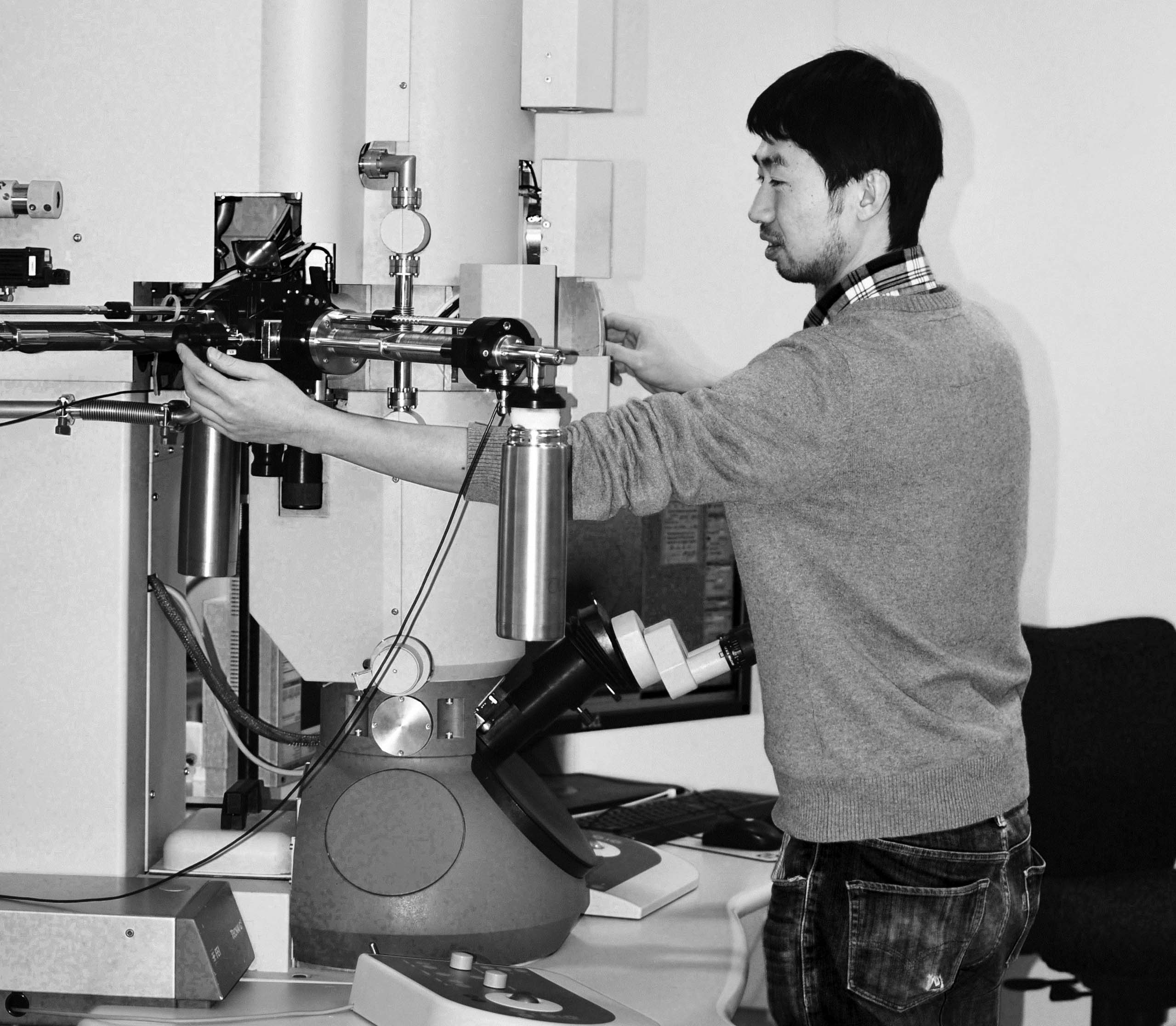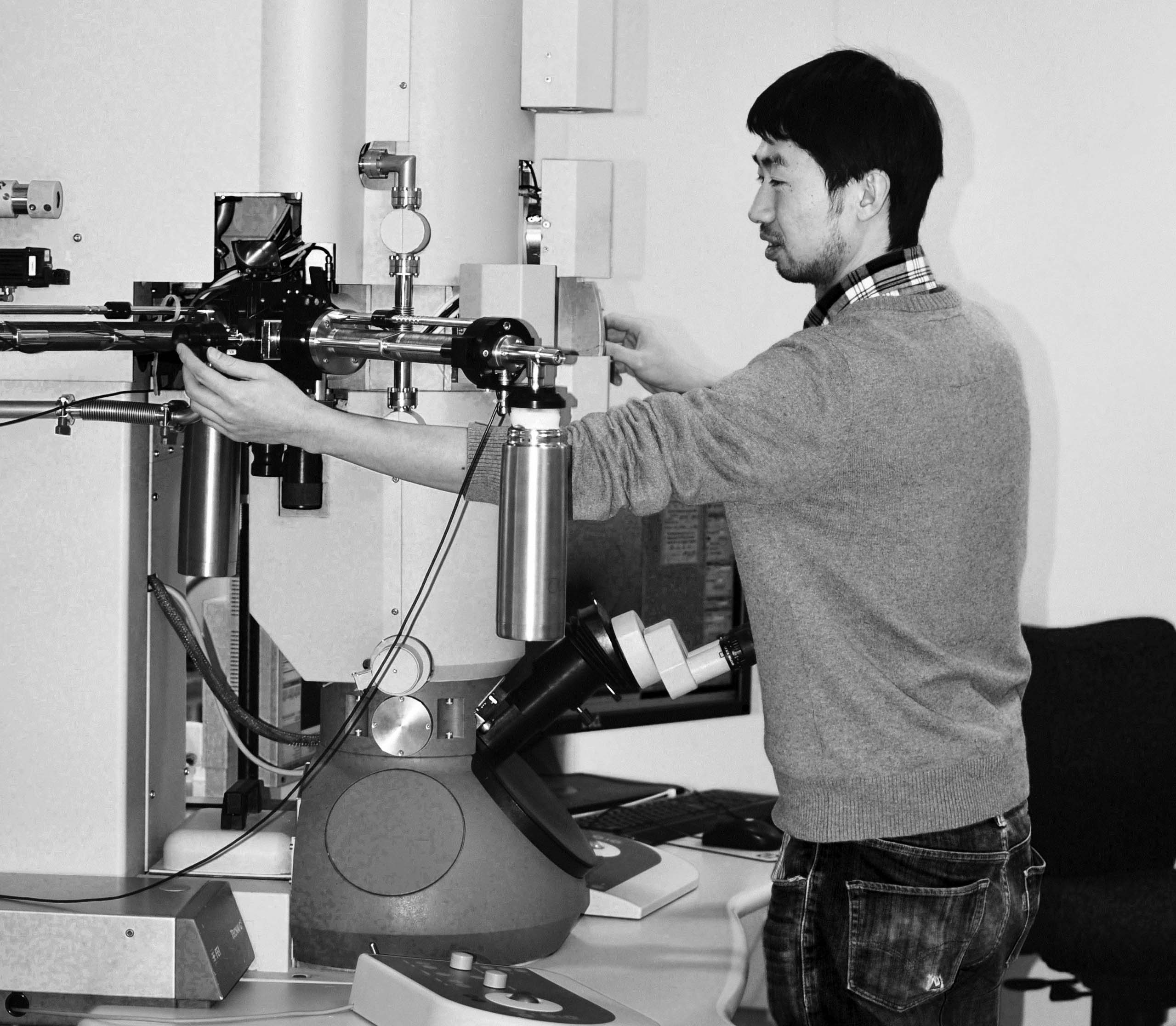Scientists take first-ever images of an intact molecular machine responsible for bacterial infections

Armed with a microscope capable of zooming in on organisms measured in billionths of a meter, scientists report they are the first to observe one of the tiny molecular machines that bacteria use to infect host cells. Findings appear in the Proceedings of the National Academy of Sciences.
This information is seen as critical in developing anti-bacterial drugs that would prevent infection and thus disease, researchers report. Scientists at The University of Texas Health Science Center at Houston (UTHealth), Dalhousie University in Halifax, Nova Scotia and the University of Kansas, Lawrence, conducted the study.
The secretion machine is also called an injectisome and works much like a hypodermic needle. It punctures the outer layer of organisms and can insert a disease-causing agent. The scientists studied a machine associated with salmonella, Shigella flexneri and other bacterial pathogens.
“We combined cutting-edge imaging and genetic techniques to visualize the frozen-hydrated diarrheal pathogen Shigella flexneri and reveal the intact type III secretion machine and its interaction with a host cell for the first time,” said Jun Liu, Ph.D., the study’s senior author and a professor of pathology and laboratory medicine at UTHealth Medical School.
This new information about the structure of the secretion machine could aid in the identification of possible drug targets, according to William Margolin, Ph.D., co-author and professor of microbiology and molecular genetics at the UTHealth Medical School.
“This study uses novel approaches to characterize the intact type III secretion machinery showing how virulent shigella strains interact with host tissues,” said Herbert L. DuPont, M.D., director of the Center for Infectious Diseases at UTHealth School of Public Health and holder of the Mary W. Kelsey Chair in the Medical Sciences at UTHealth Medical School. He is a past president of the Infectious Diseases Society of America.
According to the Centers for Disease Control and Prevention, each year, salmonella is believed to cause 1.2 million illnesses in the United States, with 19,000 hospitalizations and 380 deaths. Most persons infected with salmonella get diarrhea, fever and abdominal cramps 12 to 72 hours after infection.
Worldwide, shigella is estimated to cause 80 to 165 million cases of disease and 600,000 deaths annually, the CDC reports. Shigella flexneri is one of four shigella species.
Researchers employ an electron microscope that uses accelerated electrons as the source of illumination, Liu said. A frozen hydrated specimen is quickly prepared at cryogenic temperature. The sample is then loaded in the scope. The images are collected at high magnification in a new-generation direct electron detector.
The study’s lead authors – Bo Hu, Ph.D., and Dustin Morado – compared the project to Google Earth – a popular software program that provides satellite images of houses and buildings. Hu is a postdoctoral fellow at UTHealth.
“It was like Google Earth in that you are able to zoom in on tiny molecular machines. But unlike Google Earth in which many of the streets and boulevards are already known, we were charting new areas and making new maps. You could call it cartography,” said Morado, an UTHealth research assistant.
Co-authors include John R. Rohde, Ph.D., of Dalhousie University as well as Olivia Arizmendi, Wendy Picking, Ph.D., and William Picking, Ph.D., of the University of Kansas.
Liu and Margolin are on the faculty of The University of Texas Graduate School of Biomedical Sciences at Houston.
The study titled “Visualization of the type III secretion sorting platform of Shigella flexneri” received support from the National Institute of Allergy and Infectious Diseases (R01AI087946), National Institute of General Medical Sciences (R01GM110243, R01GM107629, R01GM61074), the Welch Foundation (AU-1714), Canadian Institute of Health Research (MOP-102594) and the National Institutes of Health (S10OD016279).




